How to Help Reduce Your Environmental Impact
We have some big goals to reach by 2030. At Timberland, we strive to do our best when it comes to reducing our environmental impact. By doing so, it means we can help protect, create, and restore nature for future generations.
We are aiming for 100% sustainability and creating a positive impact on the environment. The aim is for 100% of our products to be designed so that they never have to become harsh waste. This is known as circularity. What that means is that whatever products we sell are kept in rotation through numerous ways. This is done by recycling, reusing, and ensuring that nothing goes to waste.
Another focus for us here at Timberland is for 100% of our natural materials to be sourced through regenerative farming. Meaning that any materials sourced for our products come from farming where carbon emissions are reduced, and best practices are used to mimic cycles of nature. Basically, think of it as a magical garden that stays awesome forever: the land gets to take a rest while creating healthy and fertile soil.
Right now, there is too much carbon in the air and not enough in the ground and if nothing changes, nothing improves. What happens then? It gets worse. Which is why we must all do our part and work together to help restore the world in which we all live and breathe in.
Starting this initiative in 2007, our Timberland Earthkeepers® Boot lead the way in being our most eco-conscious footwear that reduces our impact on the planet. The Earthkeepers® Boot transformed how we think regarding our products and how we make them. This boot shifted our mindset and revolutionised everything we do here at Timberland - from the materials used to the manufacturing process. End-to-end eco-consciousness is what we began to strive for.
|
|
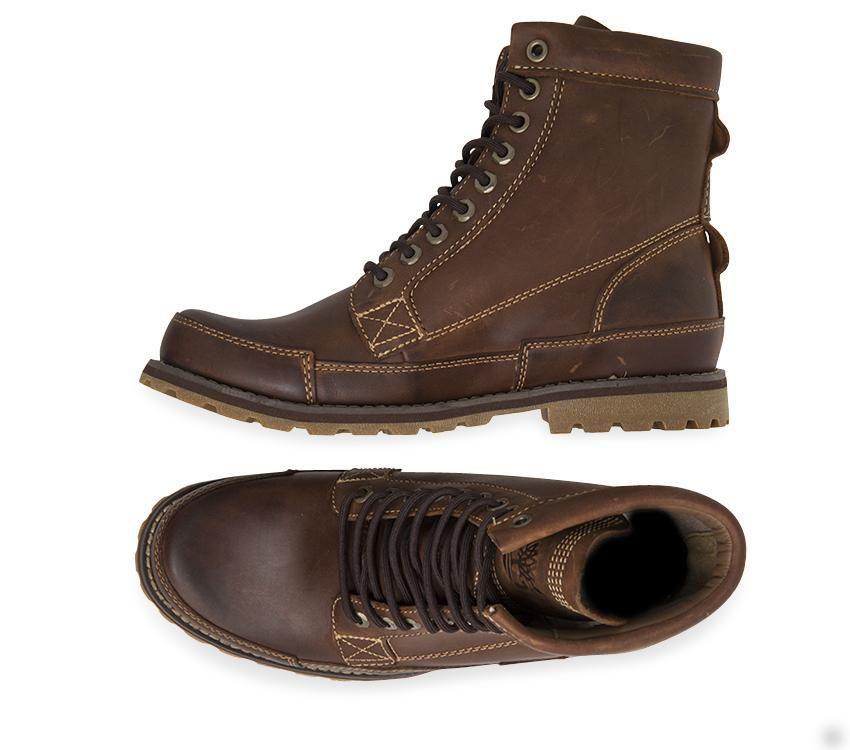 |
Here are some of the ways Timberland have implemented eco-innovations:
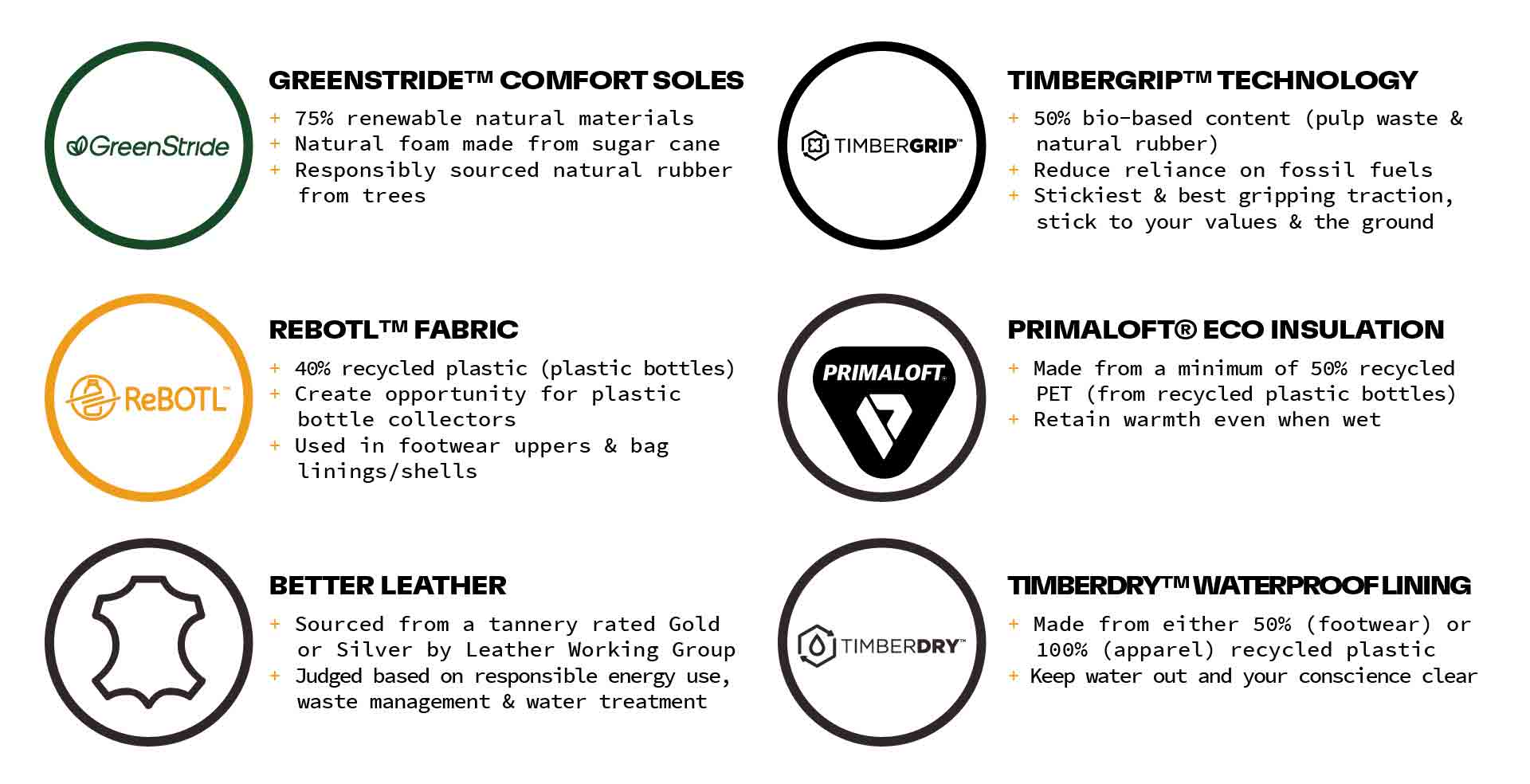
Researching ways on how to help the environment and how to reduce your environmental impact may be overwhelming, but one of the easiest ways you can join the fight in saving our planet, is as easy as recycling – and you can do this from your own home!
Why is recycling important? Recycling plays a crucial role in cutting down pollution caused by waste and decreases the demand for raw materials, which helps in preserving our rainforests. This is essential as recycling conserves vital natural resources like timber, water, and minerals.
As recycling varies in states, we recommend contacting your local council to find out what you can and cannot put in your curb-side recycling bin – especially as, for example, certain plastics must not make its way into recycling and the tricky nature of takeaway coffee cups and lids.
Typically, the below are usually accepted for recycling:
- Aluminium cans, foils, and trays
- Cartons and cardboard
- Plastic bottles and containers
- Paper
- Steel cans and aerosol
Make sure that everything is empty and clean before putting in the recycle bin. Some of these items can even be swapped out with reusable options, such as containers and bottles.
Items to avoid putting in recycling, which are commonly found in curb side recycling bins:
- Paper towels, napkins, and tissues (even if unused!)
- Batteries
- All textiles, including clothing
- Containers with food and drink inside
- Building materials
- Broken glass, including glassware and mirrors
- Ceramics
- Plastic bags
- Garden waste
- Polystyrene
Contrary to what we’re told, there are many household items and waste that unfortunately are unable to be to be recycled curb side, or put in your bin, (like batteries and building materials). For further information on how to reduce and correctly dispose of items and waste, we recommend visiting the Australian Government’s DCCEEW site.
Another great way to tackle your environmental impact is with the Container Deposit Schemes (CDS), or Container Refund Schemes (CRS), which provides you a drop off point where you can deposit your empty containers for a refund.
To find out more about CDS/CRS in your state, and what is eligible to be dropped off, please visit Australian Beverages site.
There are many more ways you can recycle (and reuse), and this is only the beginning and a wonderful place to start!
We hope this has offered some further insight and information on what Timberland’s goals are and where you can jump in to help the environment and reduce your impact.
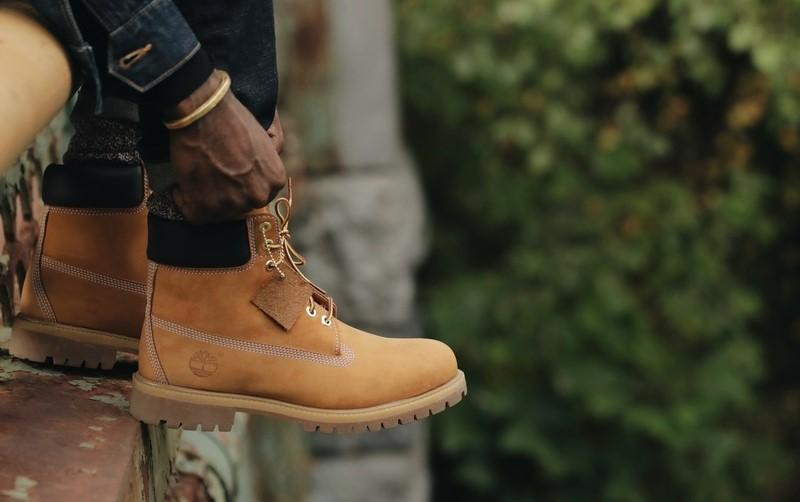


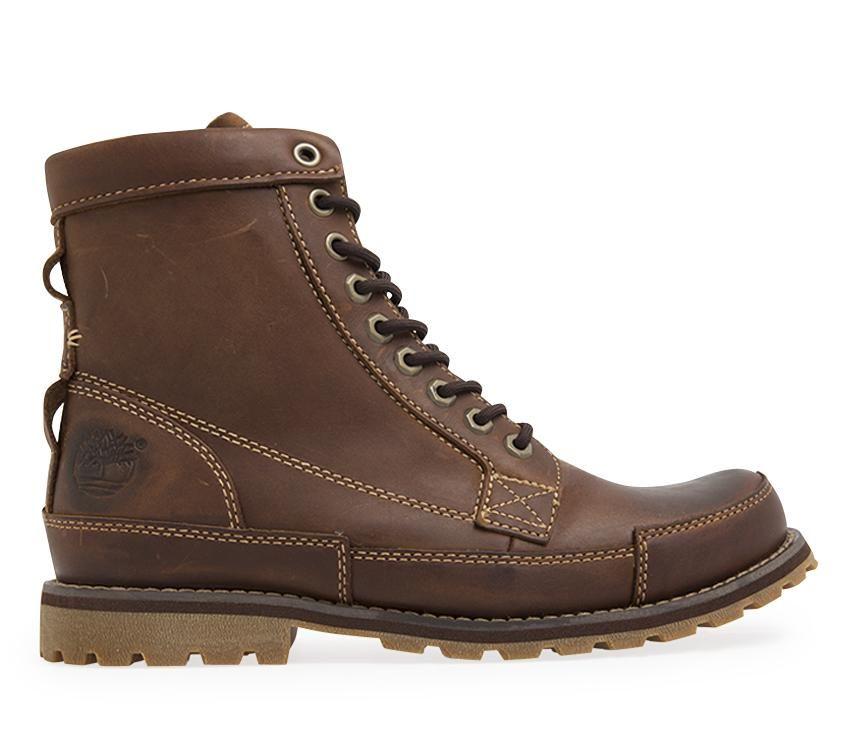
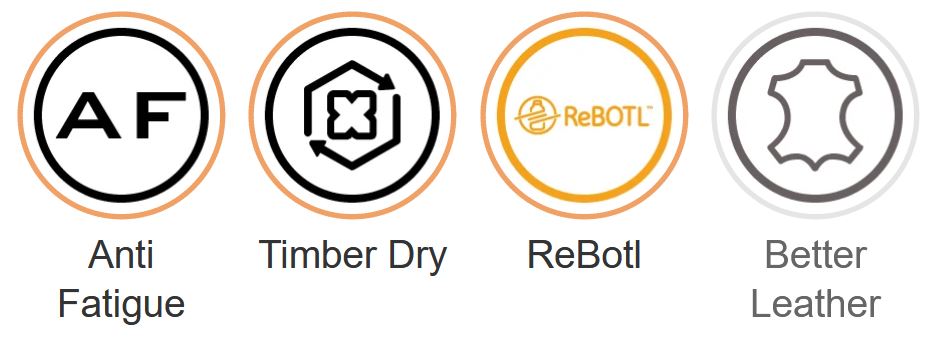

Comments
No Comments yet. Be the first to comment.
Write a comment